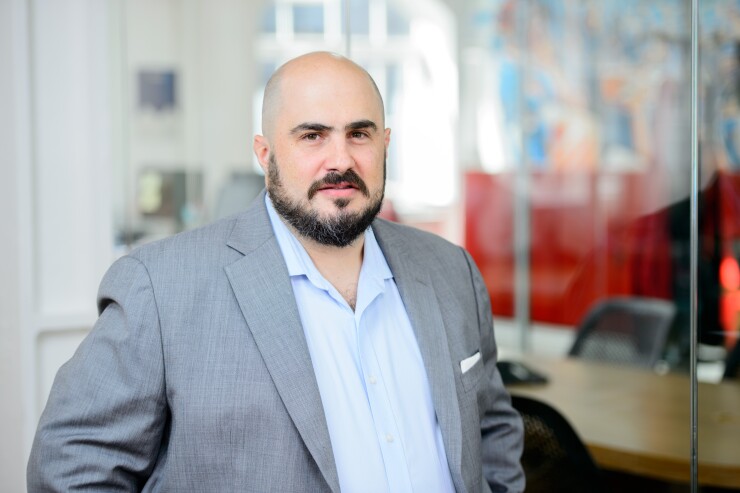Need more evidence that banks are bullish on AI? Just look to Santander Group’s announcement Wednesday that its venture capital arm has taken stakes in two startups in the artificial intelligence space.
“AI is an area where we see significant potential for things like reducing costs and improving efficiency,” Mariano Belinky, managing partner of Santander InnoVentures, said in an interview Wednesday. “It’s a very disruptive technology and can bring significant change to our processes. It goes beyond chatbots to areas such as automation and natural language processing.”
The $200 million fintech fund now owns minority stakes in Los Angeles-based Gridspace, which uses natural language processing to analyze sentiment on phone conversations, and U.K.-based Pixoneye, which analyzes photos from a customer’s smartphone to help companies market to them better. This follows previous investments in Elliptic and Socure, two other companies that employ machine learning technology. InnoVentures also announced it took a stake in U.K.-based Curve, a budgeting tool that combines a consumer’s payment cards into one Mastercard.

Santander is of course not the only bank investing in this technology; others, such as
“In terms of interest right now," AI "seems to be near the top,” said Emmett Higdon, director of mobile at Javelin Strategy & Research. “A lot of banks are investing in it through their investment arms or innovation labs.”
Consumer-facing chatbots have tended to dominate the conversation of how banks will utilize AI. The technology’s proponents also tout the promise of AI as a way to allow banks to operate more efficiently, from
“Chatbots are the poster child at the moment, but there are a lot of different ways banks are looking to apply AI in dealings with customers,” Higdon said.
Indeed, Santander’s investments show how AI in financial services is looking beyond chatbots. Pixoneye can help the bank gain greater customer insights. As an example, Belinky said that customers snapping photos of different houses might then be targeted with a mortgage campaign. (He noted that photo data never leaves the customer’s phone and is not seen by the bank.)
Gridspace is an example of how AI is helping
“It can tell if the customer is getting frustrated, angry or impatient and allow us to adjust our script in real time,” Belinky said.
Banks can also use it for internal purposes, such as for monitoring traders, he added.
Belinky added that as the VC group looks for additional investments in the business, it is retaining a narrow scope on banking.
“We are not interested in generalist solutions. We focus on those companies who can solve real financial services problems using AI,” he said.
Despite the movement of banks to embrace AI, legacy systems still hamper many banks' ability to realize its full potential in customer interactions, Higdon said.
For many banks, “their legacy data stores are simply not compatible with the real-time, random access of customer-facing AI applications,” he said.





